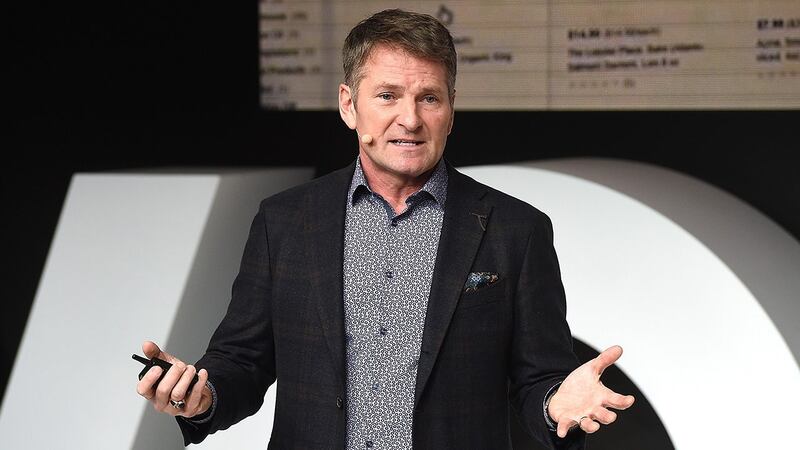
The Business of Fashion
Agenda-setting intelligence, analysis and advice for the global fashion community.

Agenda-setting intelligence, analysis and advice for the global fashion community.

The author has shared a YouTube video.
You will need to accept and consent to the use of cookies and similar technologies by our third-party partners (including: YouTube, Instagram or Twitter), in order to view embedded content in this article and others you may visit in future.
OXFORDSHIRE, United Kingdom — 8,642. The number appeared unambiguously on the first slide of a presentation by Doug Stephens, retail industry futurist, founder of Retail Prophet and author of “Reengineering Retail: The Future of Selling in a Post-Digital World.” 8,642 is the number of stores closed this year in the US in what Stephens dubbed a “retail apocalypse.”
The source of the disruption was no secret. In 2016, e-commerce accounted for a whopping $1.9 trillion in retail transactions, said Stephens. In the first hour of Singles Day alone, China's Alibaba did $8.6 billion in online sales, he continued. And if that didn't register with a fashion industry that has been slow to embrace e-commerce, Amazon is set to become the number one seller of apparel in the US by the end of 2017, Stephens added. "This is the end of the beginning of e-commerce," he said.
E-commerce is being reshaped by everything from subscription models to conversational commerce to 3D printing, noted Stephens. But what of physical stores?
As the world becomes more and more virtual, people increasingly crave physical experiences. As a result, the store won’t die, said Stephens. But in order to survive, they must change. “Media is becoming the store,” he said, pointing to the rise of online product experiences. “As a result stores must become media… stores are the most powerful, measurable, manageable form of media that a brand has at disposal.”
"Stores can't be just about distributing products," he explained. "They need to be about distributing experiences — less stores, more stories," he continued, citing successful examples from Sonos, Bandier, Apple, Nordstrom and Sneakerboy. That means putting less emphasis on shopping and more emphasis on entertainment, hospitality and community.
“Experiences with friends are what plays well on Instagram — more than products,” noted Stephens. “Why can’t communal experiences and shopping come together?” he continued, suggesting a new formula for retail: community plus a great physical environment plus great products.
He ended with an amusing analogy, showing a slide of a basic London bus stop. “This is retail for the last hundred years — functional,” he said, before flashing up a slide of a new model bus stop in Montréal, featuring playground-style swings. Infinitely more experiential, communal and fun — what retail must become to survive.
To learn more about VOICES, BoF's annual gathering for big thinkers, in partnership with QIC Global Real Estate, visit our VOICES website and click here to request an invitation to attend.
Related Articles:
[ The Future of Retail is the End of WholesaleOpens in new window ]
Antitrust enforcers said Tapestry’s acquisition of Capri would raise prices on handbags and accessories in the affordable luxury sector, harming consumers.
As a push to maximise sales of its popular Samba model starts to weigh on its desirability, the German sportswear giant is betting on other retro sneaker styles to tap surging demand for the 1980s ‘Terrace’ look. But fashion cycles come and go, cautions Andrea Felsted.
The rental platform saw its stock soar last week after predicting it would hit a key profitability metric this year. A new marketing push and more robust inventory are the key to unlocking elusive growth, CEO Jenn Hyman tells BoF.
Nordstrom, Tod’s and L’Occitane are all pushing for privatisation. Ultimately, their fate will not be determined by whether they are under the scrutiny of public investors.